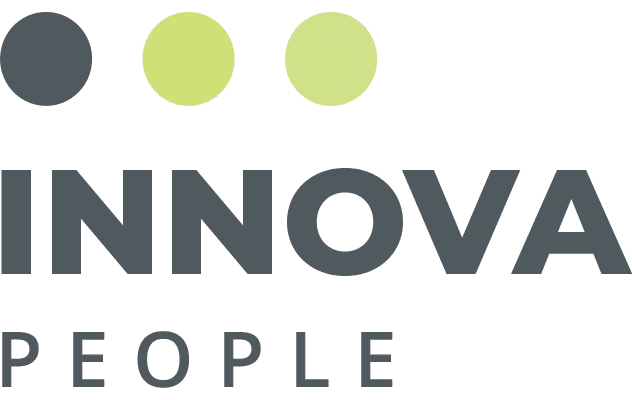Small businesses are heading into 2023 with a significant upswing in industry confidence in the face of headlines centered around layoffs, inflation, supply-chain snarls, and interest rates. It’s the most considerable confidence surge in the past two years.
CEOs still face some challenges but seek opportunities despite the uncertainty, according to the latest WSJ/Vistage Confidence Index. The index posted an 8.7% increase, rising to 84.3 in December, which was the largest month-over-month gain since March 2021.
Key driving factors include:
- Both customer demand and rising prices drive revenues; 70% of small businesses are planning price increases in the next 12 months.
- Tempering inflation rates have led profitability anticipations to sweeten.
- Workforce expansion plans grow as small businesses enter the new year with new goals and budgets.
Hiring challenges has lessened for small businesses over the end of the year – 24% report hiring is more manageable as the talent pool seems to be leveling out according to the report. Yet, as small companies seek to expand their workforce, a sharp examination of salary budgets and needed volume shows having to pay higher wages (more than 80%) for similar roles offered earlier in the year.
Small businesses have an advantage with the added layoffs from big tech. More than ever, more talent is looking for jobs, and it is creating an excellent opportunity for small businesses to attract top talent. Retention still needs to remain a key area of focus, setting a solid foundation from which to maintain and grow personnel, with the quit rate still hovering over 4 million a month.
If you need help sourcing the right talent for your team contact INNOVA People today.
The December WSJ/Vistage Small Business CEO survey was conducted December 5-12, 2022, and gathered 666 responses from CEOs and leaders of small businesses.






